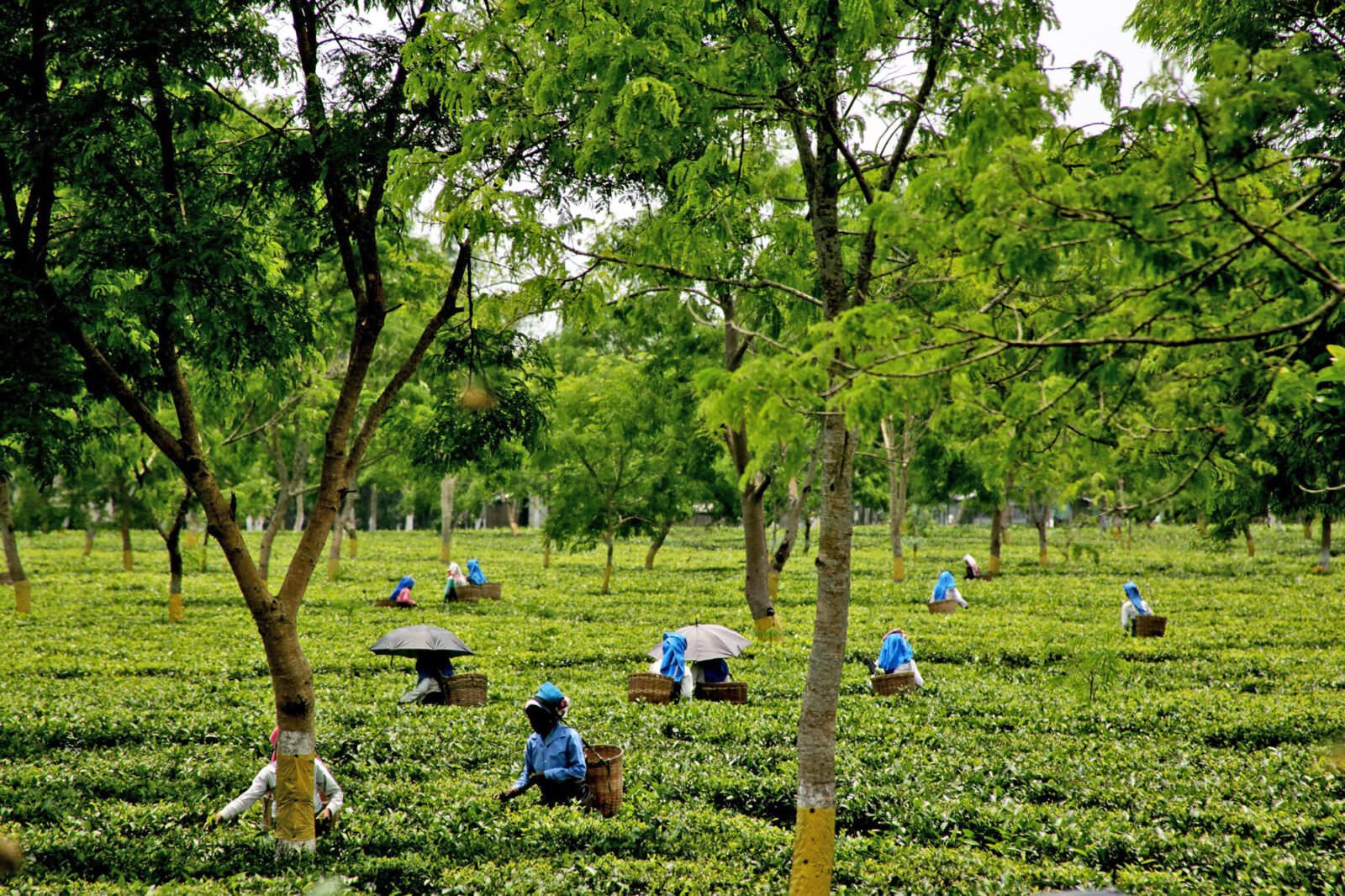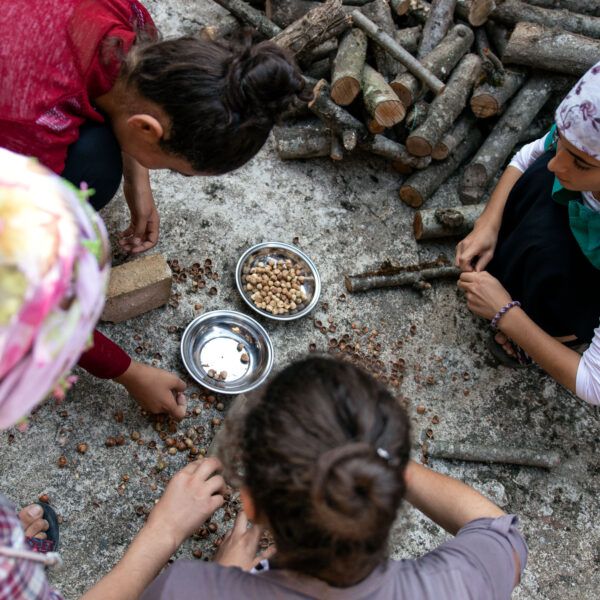Tea industry veteran and Rainforest Alliance expert Harki Sidhu explains the hard realities of Assam’s struggling tea estates—and why he remains optimistic about the potential for transformation despite seemingly intractable challenges.
I’ve witnessed many changes since I joined the tea industry in 1971, fresh out of St. Stephens College (Delhi University) and eager to make my mark on the world. As I worked my way up from the tea factory floor to estate management, international operations at Unilever, and eventually the Rainforest Alliance, I’ve seen the tea sector advance in significant ways, thanks to mechanization and technology. During these three and a half action-packed decades, I myself have played a role in some of these changes, introducing computers and vermiculture to India’s tea sector; designing new irrigation, water collection, and drainage systems; and developing integrated pest management to replace chemical pesticides.

Yet despite these advancements, we are still contending with distressing, complicated, and deeply entrenched inequities that make the limitations of sustainability certification painfully clear. Many of our problems are part of the thorny legacy of the colonial era, when the British appropriated vast tracts of fertile land across Assam and created a commercial tea production model fueled by quasi-slave labor in the form of indentured servitude. Today, despite occasional periods of robust growth and technological innovations, tea workers in Assam still struggle to meet their basic needs due to a complex combination of sociopolitical, economic, and environmental factors.
Historical tensions between workers and management that have, in the past, resulted in bitter disputes have been inflamed in recent years by the violent menace of ethnic nationalist politics. Today’s razor-thin to nonexistent profit margins for tea estates have essentially kept workers trapped in a cycle of poverty. And the annual monsoon rains that once posed cyclical disruptions to tea production have intensified into nearly annual climate catastrophes, wreaking havoc across entire landscapes and quite literally washing away what small improvements the sector has made in the living conditions of tea estate workers.
To really understand the social problems and labor unrest in Assam’s tea sector, which today employs roughly 1.2 million workers, one must consider the birth of India’s tea industry. The success of the British colonial mode of commercial production relied heavily on indentured laborers the British brought in from Bihar, Andhra, Orissa and Bengal, since the local Assamese did not want to work for the colonists. In a remote region like Assam, the lack of social integration between these ethnic groups for nearly a century bred deep hostility and distrust.
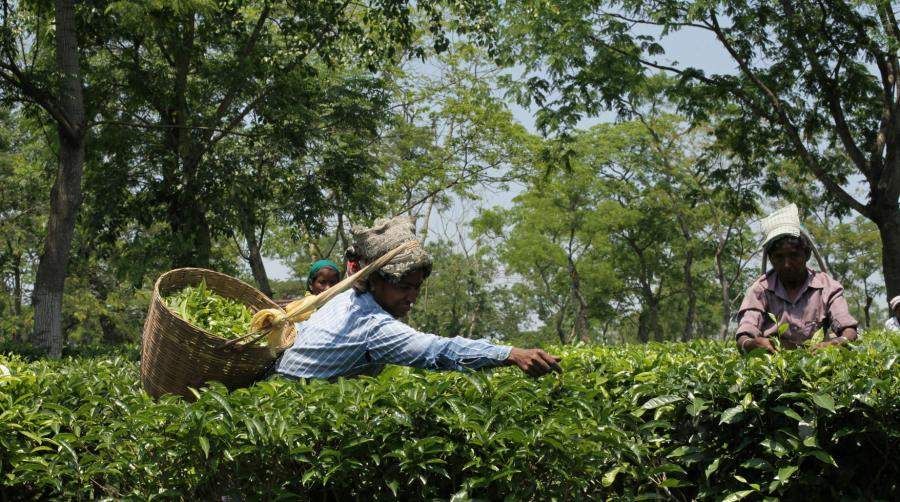
Eventually, ethnic Assamese began to seek—and eventually demand—employment in tea estates; since most of them had land holdings they did not want to work as field laborers, so they claimed management and clerical jobs instead. In the 1980s, an armed Assamese separatist group called the United Liberation Front of Assam (UFLA) began operations, including the extortion of money from tea estates and other businesses. Estate managers and local authorities lost control of the situation. Things got so bad over the next few years that the local district government and police told tea estate managers to work out their own deals with the ULFA in the event of confrontations. The ULFA gained political clout as some of its student leaders formed a new political party, Assam Ganasangram Parishad (AGP), which won state elections in 1985 and governed for five years.
Some former ULFA members, who were once underground, established themselves as business owners in the region, with the help of government loans. And some of them eventually joined the Bharatiya Janata Party (BJP), India’s far-right Hindu nationalist party, and won the state elections last year. As part of its platform, the new state government has made promises to tea workers to increase wages—and in doing so stepped into a morass of global economic forces, longstanding ethnic tensions, and dismal social conditions that tea industry groups and sustainability organizations have only begun to address.
In Assam, 750 estates and 100,000 smallholder plots, mostly concentrated in the eastern part known as Upper Assam, produce more than half of India’s annual 1.2 million-ton yield—second only to China’s total production. Yet India’s tea industry is in grave financial trouble, posing a conundrum for government officials who understand that a wage increase would likely lead to the collapse of hundreds of tea estates and tens of thousands of small-scale gardens that are barely holding on during a prolonged, precipitous downward trajectory on the supply-and-demand roller coaster. Because of the macroeconomic forces bearing down on India’s tea sector as a whole, efforts to ameliorate the dismal living conditions and meager earnings of tea workers have met with little success.
Enter sustainability organizations like the Rainforest Alliance, which began training and certification work in Assam and some other of India’s prized tea-producing districts like Darjeeling and Nilgiris. For the past decade, my colleagues and I have worked with over a hundred tea estates, including some that are successful and plenty that are financially ailing, to prepare them for certification by introducing best environmental and social practices in sustainability.
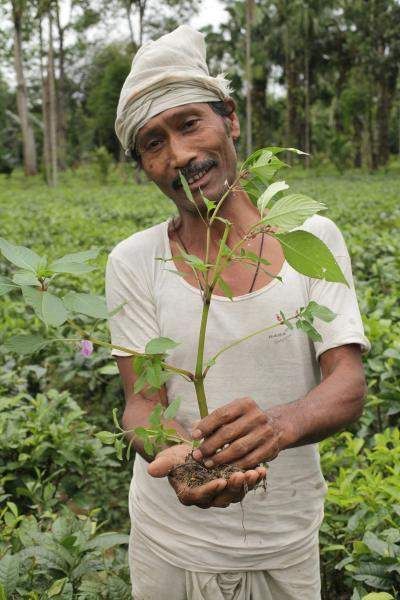
What we found as we began working with the tea estates and smallholder gardens is that longstanding social problems on Assam’s tea estates, from child labor and sexual abuse to poor or nonexistent sanitation facilities, are inextricably linked to the sociopolitical and economic problems I’ve described above. For tea estates on the verge of collapse, improving housing conditions or building sanitation systems seems out of reach when they cannot even raise worker pay to India’s paltry minimum daily wage (the equivalent of US$ 3.80 per day). And even for those who find a way to make infrastructure improvements, logistics are complicated immensely by the fact that only 20 percent of the people who live on Assam’s tea estates are actually tea workers (the rest are family members, relatives, and people who may have once worked on the estate but do not any longer). Not to mention the annual monsoon floods, which killed more than 1,200 people this year across South Asia and displaced 183,000 in Assam alone.
And yet, amid what might seem like a hopeless scenario, I am full of hope—not the kind that stems from naive dreaming, but a kind of confidence inspired by the people I work with every day in the field. Surely, the big challenges we face can only be addressed through the combined efforts of actors far more powerful than the Rainforest Alliance. Yet I observe a tangible sense of determination among the companies seeking to make their supply chains more socially and environmentally responsible; from international development organizations that recognize the vital need for sustainability training that improves social conditions; from tea estate managers eager to improve yields enough to withstand a sustained depression in prices; from local government officials who want to avoid the massive social unrest that would occur if tea estates were to go out of business; and from the workers themselves, who strive every day to create better lives for themselves and their children.
These are the key players in the transformation we are working to achieve, and no matter how complicated this work gets, we are determined not to abandon them. Because of complexity of India’s poverty profile and the deep-seated sociopolitical dysfunction affecting Assam’s tea sector, however, we have adopted a “continuous improvement” approach to our work here, meeting estates and smallholders where they are—no matter how ailing—in order to keep them engaged and moving forward on the sustainability journey.
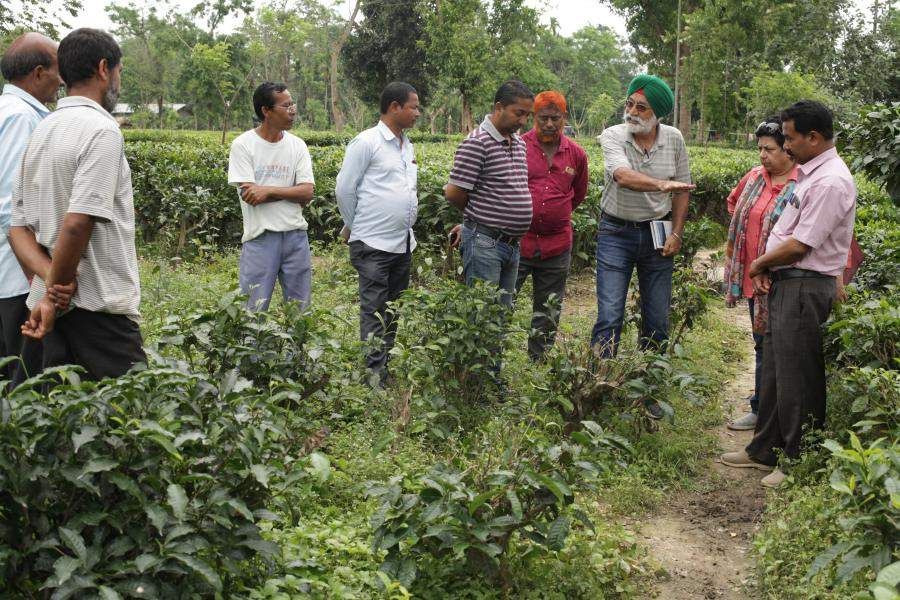
Despite the intractable problems I see firsthand every day, I am here to say that there is always hope—if we can harness the will and talents of all the stakeholders involved in the industry. Workers will be on board if we can improve their living standard and educational opportunities. Tea estates will make changes once they see the increase in yields that inevitably follows a few solid years of implementation of our sustainability best practices. Buyers—the vast majority of whom are domestic— will pay more for tea and invest in training once they understand the consumer appeal and long-term socioeconomic benefits of a responsible supply chain. And savvy government officials are already engaged because they understand that disgruntled tea workers are potential fodder for political unrest and opposition.
At difficult moments like these, it’s useful to take a step back and survey what we’ve learned through past experiences. The Rainforest Alliance first began its sustainable agriculture program to tackle problems in the banana industry, which became notorious in the 1980s for large-scale deforestation in Central America and the terrible abuse of workers. We brought together industry leaders, companies, scientists, and farmers to travel a long and sometimes bumpy journey to sustainability together—as we are doing today in Assam.
We have learned two crucial lessons along the way. First and foremost, the sustainability journey never ends. And second: the bigger the problems, the greater our obligation to do our very best to keep trying. We persist in our efforts, despite the tremendous difficulties we face in Assam, because we know how critical sustainable agriculture is to stabilizing a region so vulnerable to climate catastrophes. And whenever we get discouraged, we think about the 1.2 million people who have no other choice but to eke a living out of this land every single day and dare to dream a better life for the next generation.
